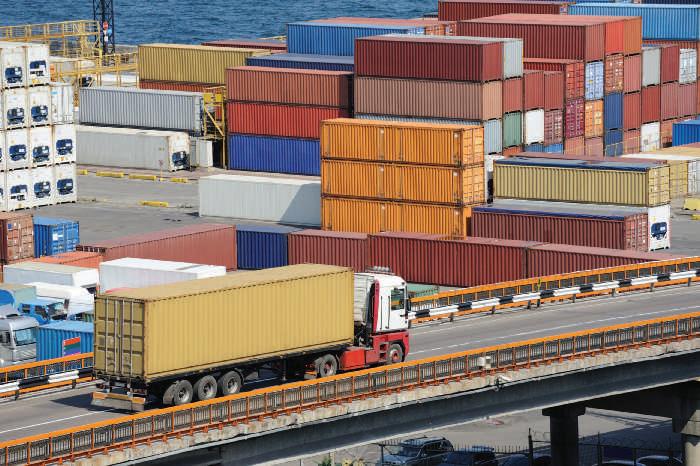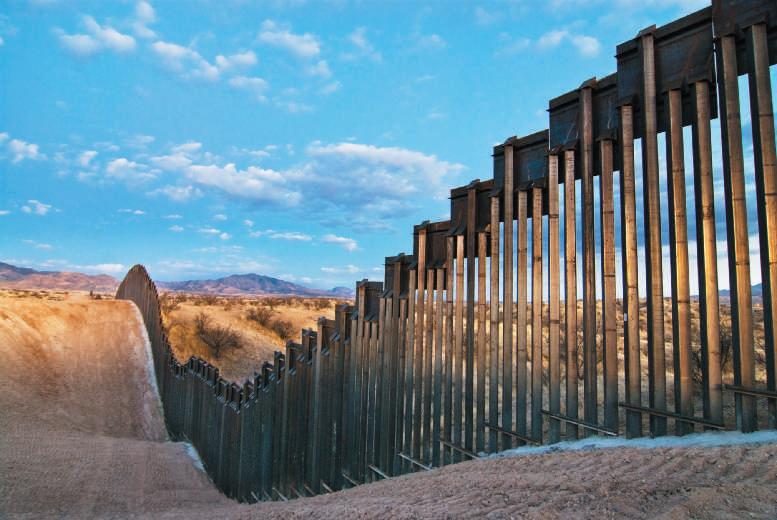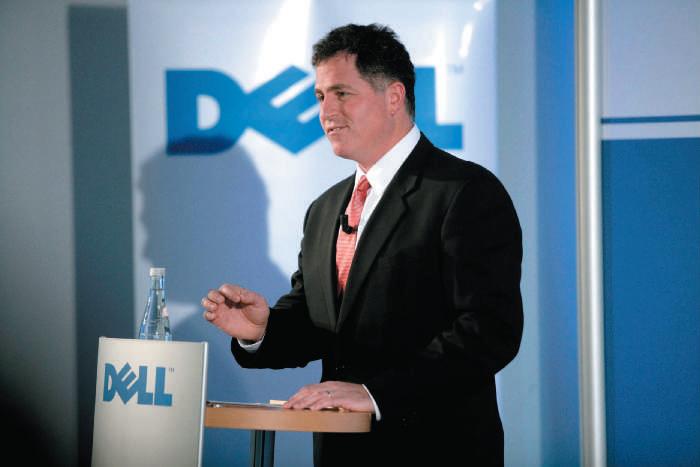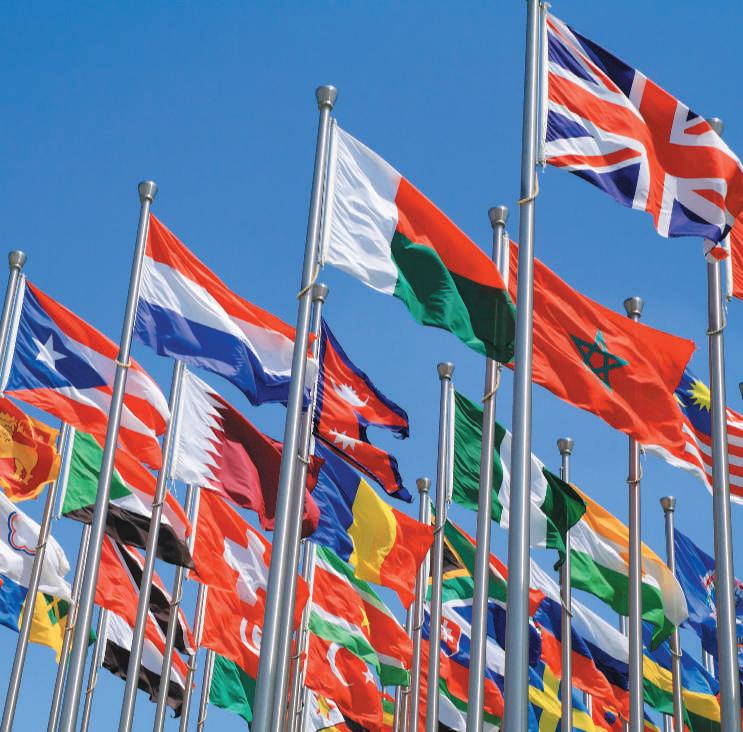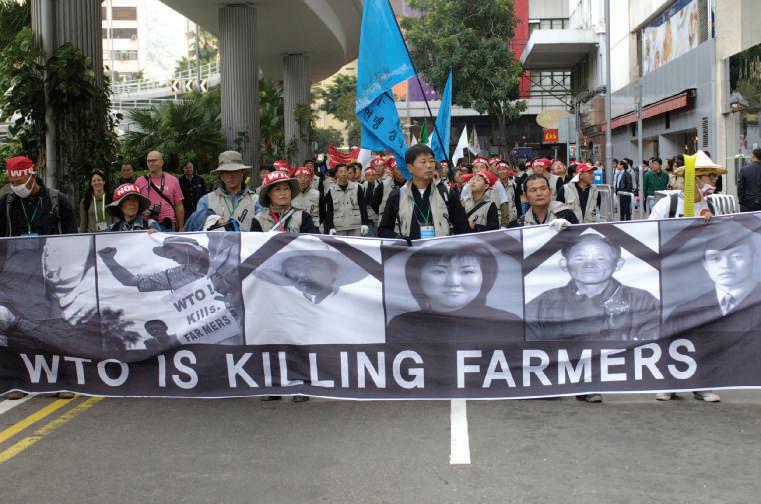200
C h a p t e r 8 E n t r y S t r a t e g ies in Glo b a l B u siness
International joint ventures with local firms often lead to the transfer of management and technical expertise in the long term. In addition, some of the corporate profits generated by these ventures will remain in the domestic economies.
8-1f Cross-Border Mergers and Acquisitions Domestic companies with clearly identified core competencies or competitive a dvantages may enter foreign markets by merging with or acquiring (buying) well-established firms overseas. Bharti Airtel’s acquisition of Zain’s African assets indicated in the opening vignette is a good example. The advantages are obvious; an existing firm in a host or target country may already have a well-established production or marketing operation along with a good distribution network or valuable technology. By merging the strengths of the home
Economic Perspectives
Medical Tourism
The United States spends just over 18 percent of its GDP on health care, yet some 45 million Americans do not have health insurance and an estimated 30 million are underinsured. Health care costs $2.6 trillion dollars in the United States (or roughly $7,800 per capita in 2010), the most expensive in the world. Health care inflation in the United States has consistently exceeded consumer price inflation as well as income growth. That means an increasing amount of an American family’s monthly budget goes toward paying for health care costs—something that is unsustainable at the current rate. Medical tourism, which combines medical treatment in a foreign country with rest and recreation, has been in place since the late 1990s. This promises to be an alternative yet competitive market force that will likely reduce costs and improve quality of health care in the United States. Service from foreign medical facilities, especially in Costa Rica and Asia (India, Singapore, Thailand, etc.), is likely to bring greater price competition to the inefficient American system that is riddled with special interest groups, oligopolies, and perverse incentives, such as the “fee-for-service” system that rewards providers for performing procedures, not for achieving better health outcomes. Medical tourism is not about exporting patients to Asia, but importing competition from Asia that could serve as a catalyst for health care reforms in the United States. The number of Americans traveling abroad for treatment is expected to soar from 750,000 in 2014 to ten million by 2020 and will be
worth some $21 billion a year to developing countries. An increasing number of Americans are seeking health care abroad at their own expense for joint replacements, cosmetic surgery, hysterectomies, and other nonemergency procedures. They do so for reasons of cost and because the hospitals under consideration in Asia are as good as those in the West. Asian hospital chains could be the biggest winners. Chief among them are India’s Wockhardt and Apollo Hospital chains, Singapore’s Parkway Health, and Thailand’s Bumrungrad Hospital. These hospitals meet the stringent requirements for accreditation by the Joint Commission International, a nonprofit organization that assesses the quality and safety of health care providers worldwide. The benefits to these hospitals include earnings from American patients and raising service and hygiene quality to international levels to attract foreigners as well as local upscale patients. Questions: 1) How has the health care crisis in the United States affected the globalization of health care? Explain what you think can be done to reduce health care costs in the United States. 2) It appears that Asia will be a net exporter of health care services to the West, especially the United States. Are there opportunities for U.S. firms to venture into this field? How? Source: “Globalization and Health Care,” The Economist, August 16, 2009, pp. 74–76; www.patientsbeyondborders.com.
Copyright 2017 Cengage Learning. All Rights Reserved. May not be copied, scanned, or duplicated, in whole or in part. Due to electronic rights, some third party content may be suppressed from the eBook and/or eChapter(s). Editorial review has deemed that any suppressed content does not materially affect the overall learning experience. Cengage Learning reserves the right to remove additional content at any time if subsequent rights restrictions require it.









